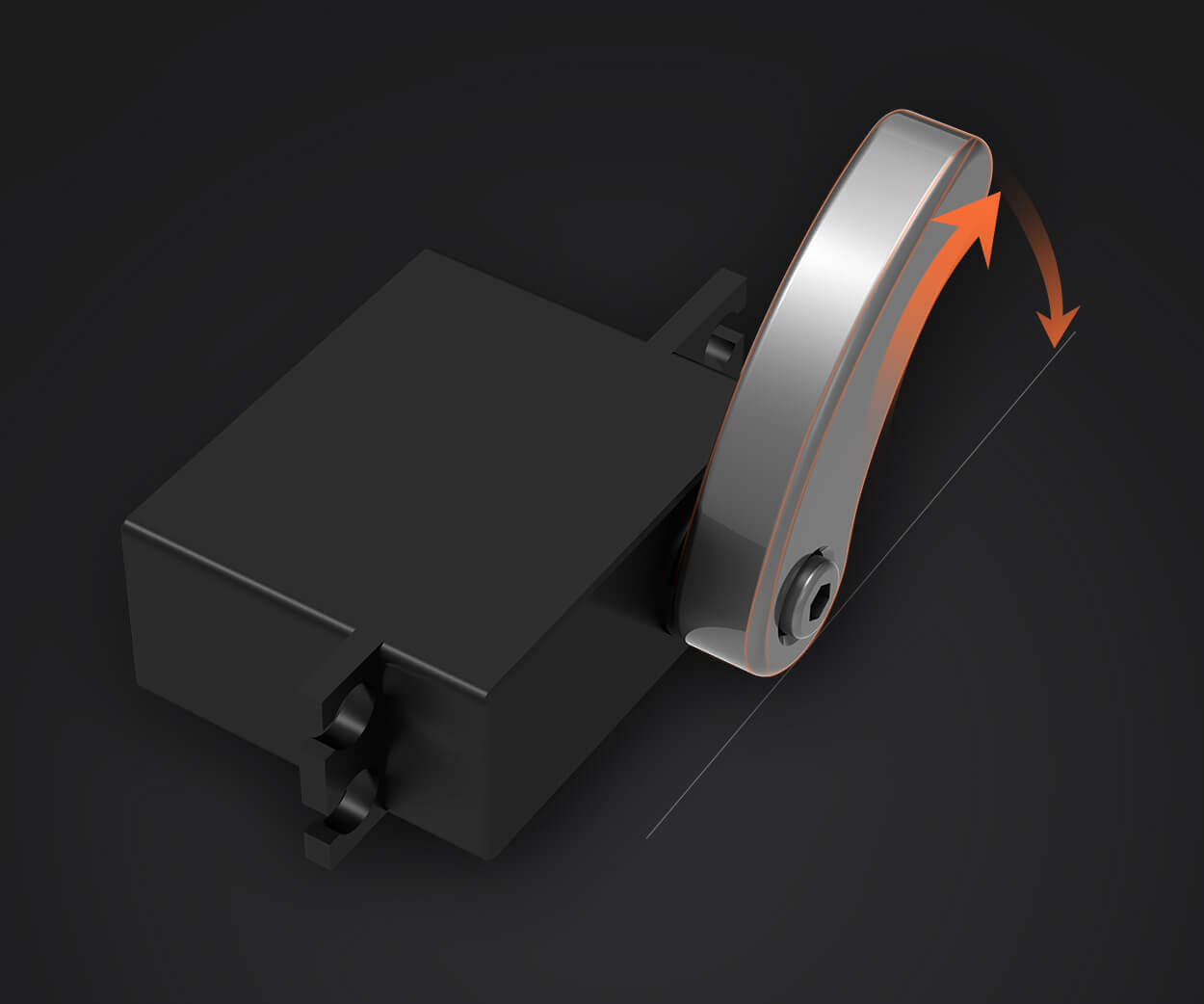In the fast-paced world of microservices, ensuring smooth communication between various services can sometimes feel like walking a tightrope. One misstep, and everything could come crashing down. That's where the circuit breaker pattern comes in, offering a much-needed safety net to prevent cascading failures and system downtime. But why should you consider implementing a circuit breaker in your .NET Core microservices? Let’s dive into it.

When you’re working with microservices, each service operates independently but relies on others for data or functionality. This creates a complex web of dependencies. Imagine if one service fails and causes a domino effect, bringing down the entire system. Not only does it impact your users, but the ripple effects can damage your brand reputation.
Here's where the circuit breaker pattern shines. It's a fail-safe mechanism that helps manage these failures by "breaking" the circuit when a service becomes unavailable or starts malfunctioning. Instead of trying to repeatedly call a failing service (and worsening the problem), the circuit breaker stops the calls, allowing the system to recover and potentially redirect traffic elsewhere.
In .NET Core, implementing a circuit breaker isn't as difficult as it may sound. In fact, libraries like Polly can make this integration incredibly simple. Polly is a resilience and transient-fault-handling library that can manage retries, timeouts, and, of course, circuit breaking. You set up a circuit breaker rule and define the conditions under which it should "trip," like if a service fails X number of times in a row within a certain time frame.
Now, you might wonder, does a circuit breaker guarantee perfect reliability? Not necessarily. Think of it as a protective cushion rather than a bulletproof vest. It doesn’t fix the underlying issue but ensures that the failure doesn’t take down the whole system. It isolates the problem to prevent it from escalating.
Take, for example, an online shopping platform. If the inventory service goes down, the entire checkout process could grind to a halt. With a circuit breaker, instead of trying and failing repeatedly to contact the inventory service, the system can stop the attempts, avoid wasting resources, and display a friendly error message to the customer. This way, users are aware that something went wrong, but they don’t experience prolonged downtime.
But what about recovery? Isn’t it risky to just let services “fail” like that? Actually, the circuit breaker has a built-in mechanism for recovery. After a predefined period, it will start allowing requests again, but only in a "half-open" state. This allows the system to test whether the failing service has recovered without fully re-engaging it. It’s like gradually turning the lights back on to see if the electrical grid is stable.
Implementing this pattern in .NET Core provides immediate benefits—greater resilience, better user experience, and reduced risk of full system outages. The beauty of the circuit breaker pattern is that it’s not just a technical solution, it’s a way to give your users a more seamless, reliable service. It tells them, "Hey, we’ve got this, even when things go wrong."
In the end, using a circuit breaker isn’t just about protecting the backend systems. It’s about building trust with your users. When things go wrong, as they inevitably will, they’ll appreciate that your system can handle failure gracefully and that you’re always working toward a better experience for them.
Established in 2005, Kpower has been dedicated to a professional compact motion unit manufacturer, headquartered in Dongguan, Guangdong Province, China. Leveraging innovations in modular drive technology, Kpower integrates high-performance motors, precision reducers, and multi-protocol control systems to provide efficient and customized smart drive system solutions. Kpower has delivered professional drive system solutions to over 500 enterprise clients globally with products covering various fields such as Smart Home Systems, Automatic Electronics, Robotics, Precision Agriculture, Drones, and Industrial Automation.




































